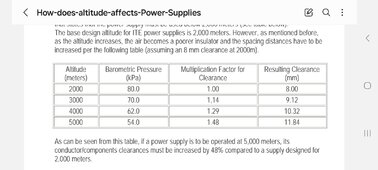Boughtnotbuilt
New Member
I’m developing some remote lots in Colorado where it’s not cost effective to bring power in, so to support the site while development happens and as a demonstration unit for potential buyers, I want to build a solar power center in a 20’ shipping container. This would need to be able to run a well pump at 200’ plus and a small cabin.
My idea for specs would be (and I’m just spit-balling here)
22kw generac (or equivalent) generator (this should be able to run the well pump.
100amp panel with 220v power available - one of those new fancy span panels?
Enough battery to run the system. The cabin won’t need much, and I’m kind of assuming it’s too much to ask the batteries to run the well pump. So, 5kw? 10kw?
Enough solar panels to keep the batteries up. This is a high altitude south facing southern colorado location - lots and lots of sun.
Intelligent Controller and inverter capable of managing the entire thing, including turning on the generator as needed - I know my enphase system does this now. But I’m hoping I can get away with something smaller and cheaper.
The idea is that all of this, including the generator, goes in the container. Solar panels go on the side and top. Generator is fully ventilated outside. There’s a set of outlets at the panel or you can wire straight into the panel.
In googling this, there were too many options and I could not find controllers and inverters that were the right size for what I need.
My idea for specs would be (and I’m just spit-balling here)
22kw generac (or equivalent) generator (this should be able to run the well pump.
100amp panel with 220v power available - one of those new fancy span panels?
Enough battery to run the system. The cabin won’t need much, and I’m kind of assuming it’s too much to ask the batteries to run the well pump. So, 5kw? 10kw?
Enough solar panels to keep the batteries up. This is a high altitude south facing southern colorado location - lots and lots of sun.
Intelligent Controller and inverter capable of managing the entire thing, including turning on the generator as needed - I know my enphase system does this now. But I’m hoping I can get away with something smaller and cheaper.
The idea is that all of this, including the generator, goes in the container. Solar panels go on the side and top. Generator is fully ventilated outside. There’s a set of outlets at the panel or you can wire straight into the panel.
In googling this, there were too many options and I could not find controllers and inverters that were the right size for what I need.



